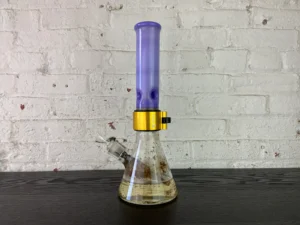
The “Helm of Death” is a captivating and daring circus act that involves performers executing thrilling acrobatic feats on a rotating apparatus. While this act mesmerizes audiences with its adrenaline-pumping stunts, ensuring the safety of performers and spectators is paramount. This policy and practice review examines regulations and safety measures governing “Wheel of Death” performances, highlighting policies, standards, and best practices implemented to mitigate risks and ensure the safety of participants and audiences.
Policy:
A comprehensive review of regulations, industry standards, accident reports, and safety guidelines pertaining to “Wheel of Death” performances was conducted. Key sources included government regulations, industry associations, circus safety manuals, accident investigations, and scholarly research on circus safety. The review focused on policies and practices aimed at minimizing risks, ensuring equipment safety, and promoting performer training and supervision.
Regulations and Safety Measures:
- Equipment Standards:
Regulations and industry standards prescribe strict requirements for the design, construction, and maintenance of “Wheel of Death” apparatus. This includes specifications for materials, load-bearing capacity, structural integrity, and safety features such as handrails, grips, and harnesses to prevent falls and accidents.
- Safety Inspections:
Regulatory authorities and circus organizations conduct regular inspections of “Wheel of Death” equipment to ensure compliance with safety standards and identify any defects or hazards. Inspections may include structural integrity checks, load testing, and verification of safety mechanisms to prevent equipment failures during performances.
- Performer Training and Certification:
Performers involved in “Wheel of Death” acts undergo rigorous training and certification programs to develop the skills and expertise required to execute stunts safely. Training includes mastering balance, coordination, timing, and proper technique for performing acrobatic maneuvers on the rotating wheel.
- Safety Protocols and Emergency Preparedness:
Circus companies and venues establish comprehensive safety protocols and emergency preparedness plans to respond effectively to accidents or emergencies during performances. This includes procedures for evacuating performers and audience members, providing first aid, and coordinating with emergency services.
- Audience Safety Measures:
Measures are implemented to ensure the safety of spectators attending “Wheel of Death” performances. This may include maintaining a safe distance between the rotating apparatus and seating areas, installing barriers or safety nets to prevent objects from falling into the audience, and providing clear safety instructions to attendees.
Conclusion:
Regulations and safety measures play a crucial role in minimizing risks and ensuring the safety of performers and spectators during “Wheel of Death” performances. By enforcing equipment standards, conducting safety inspections, providing performer training, implementing safety protocols, and prioritizing audience safety measures, regulatory authorities and circus organizations can mitigate risks and promote the safe enjoyment of this thrilling circus act.







